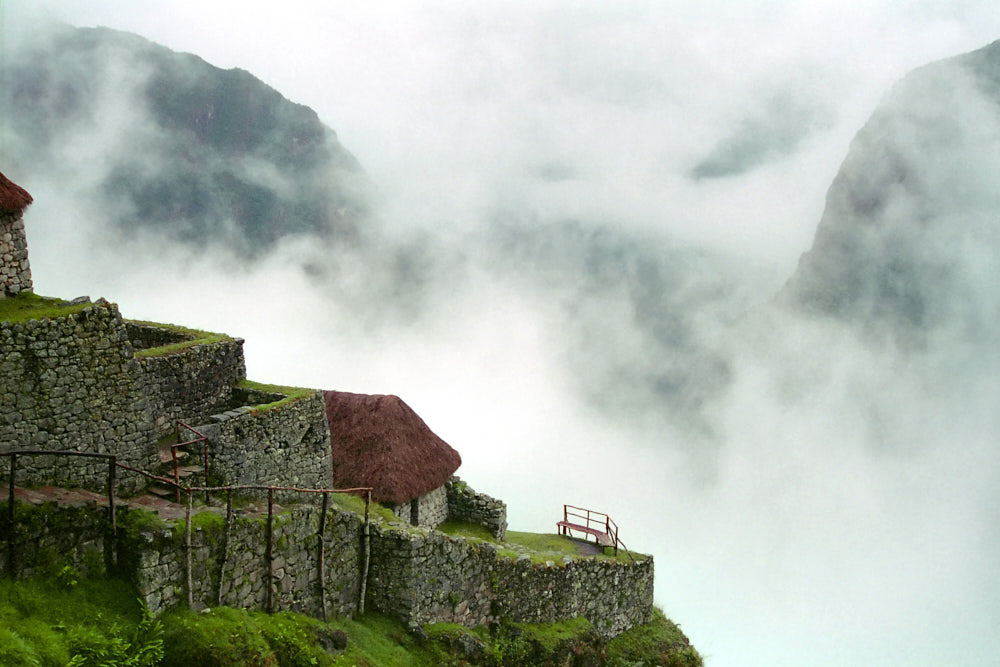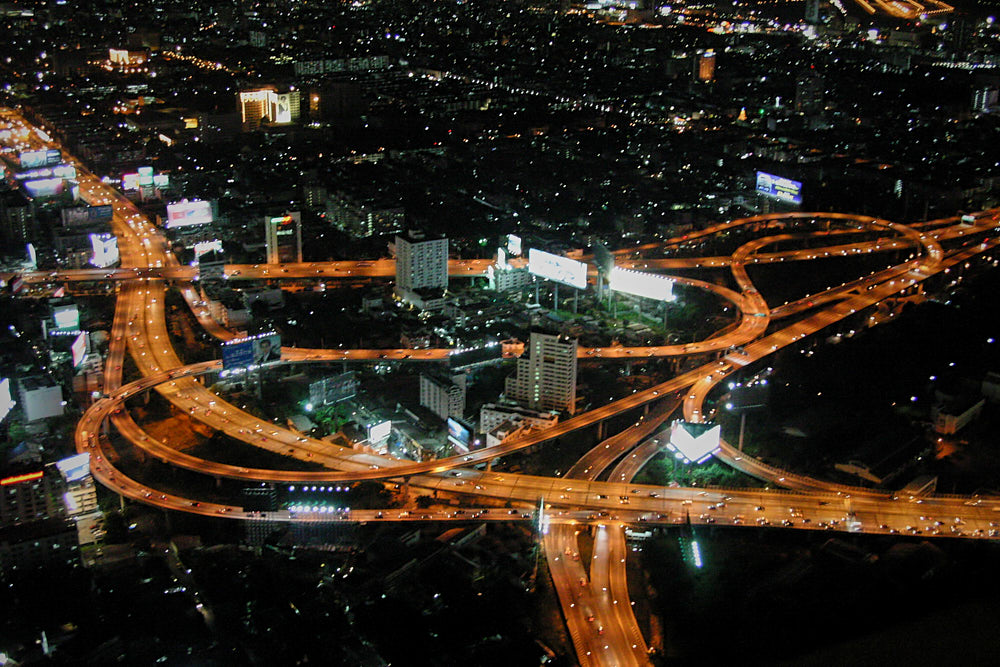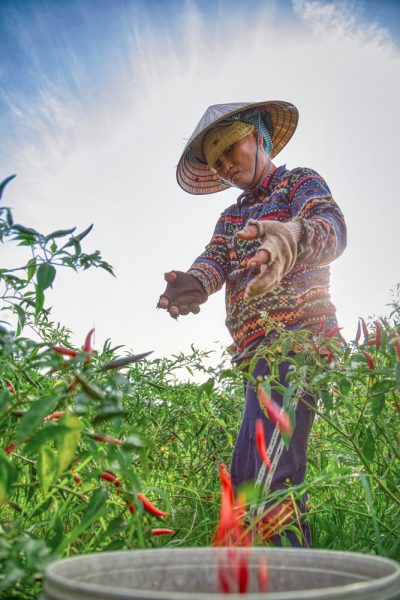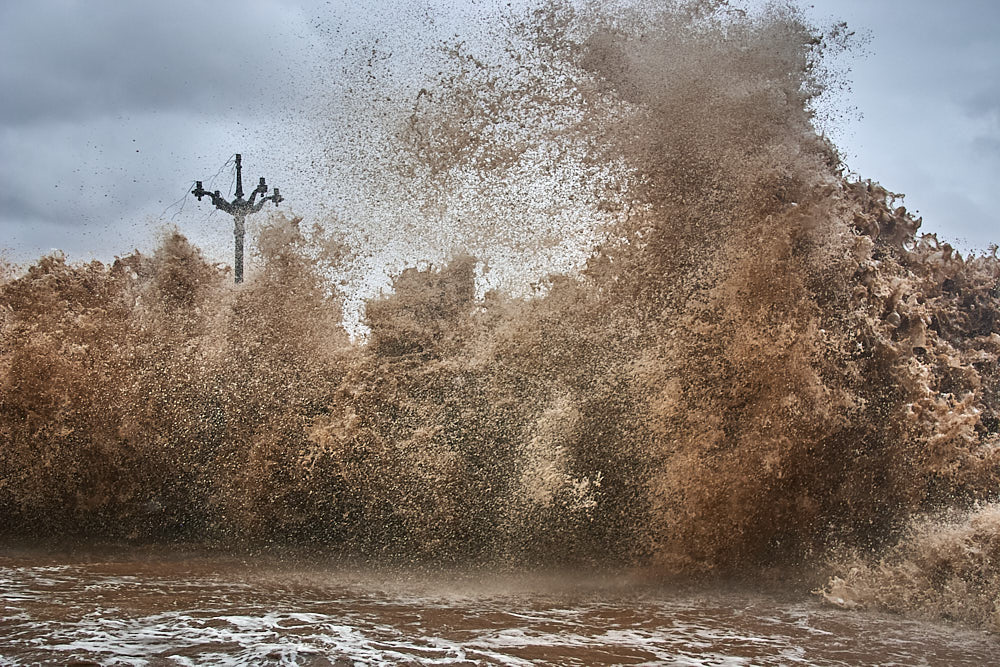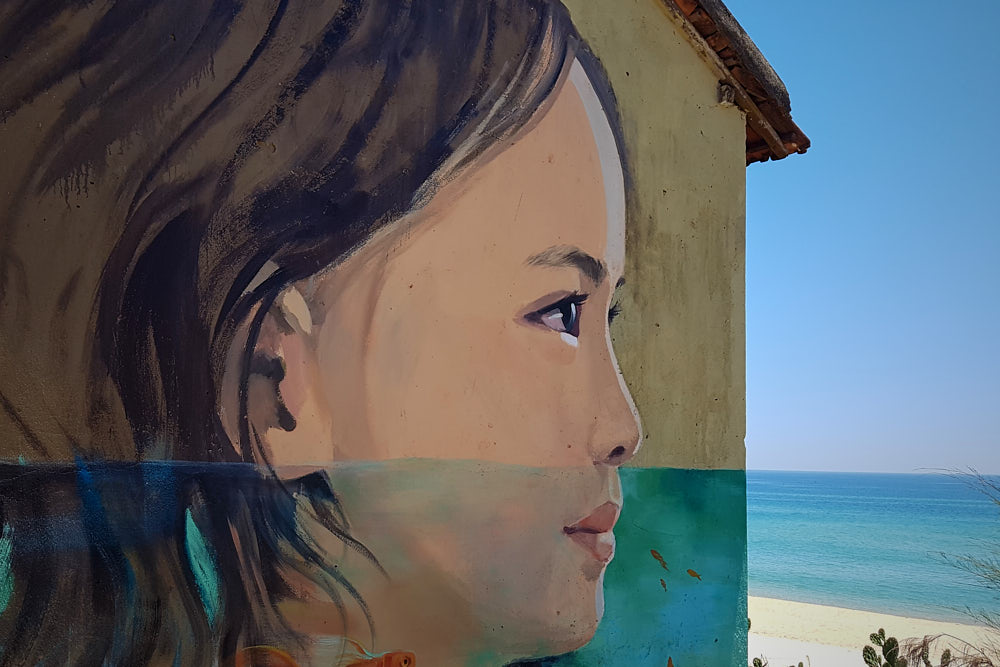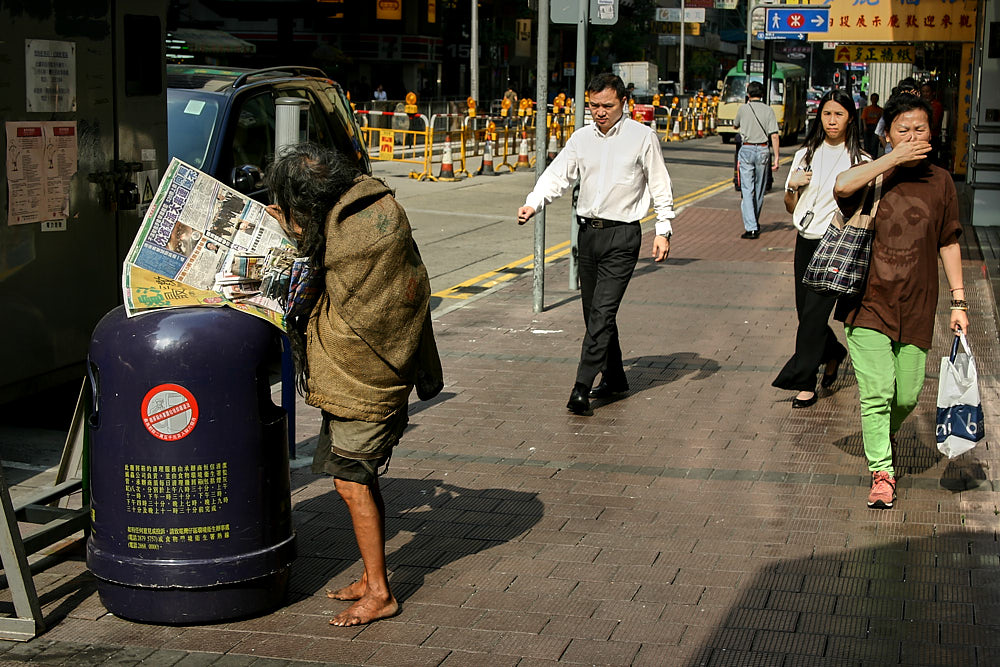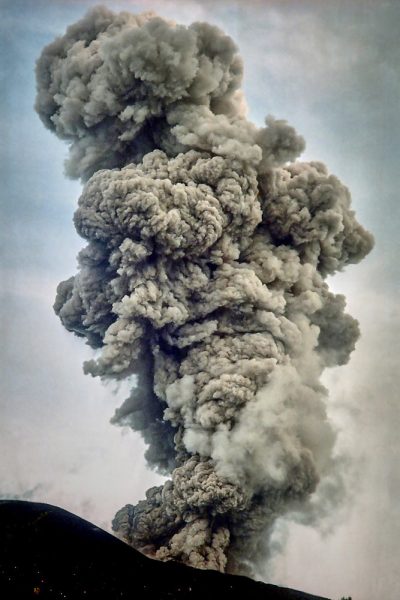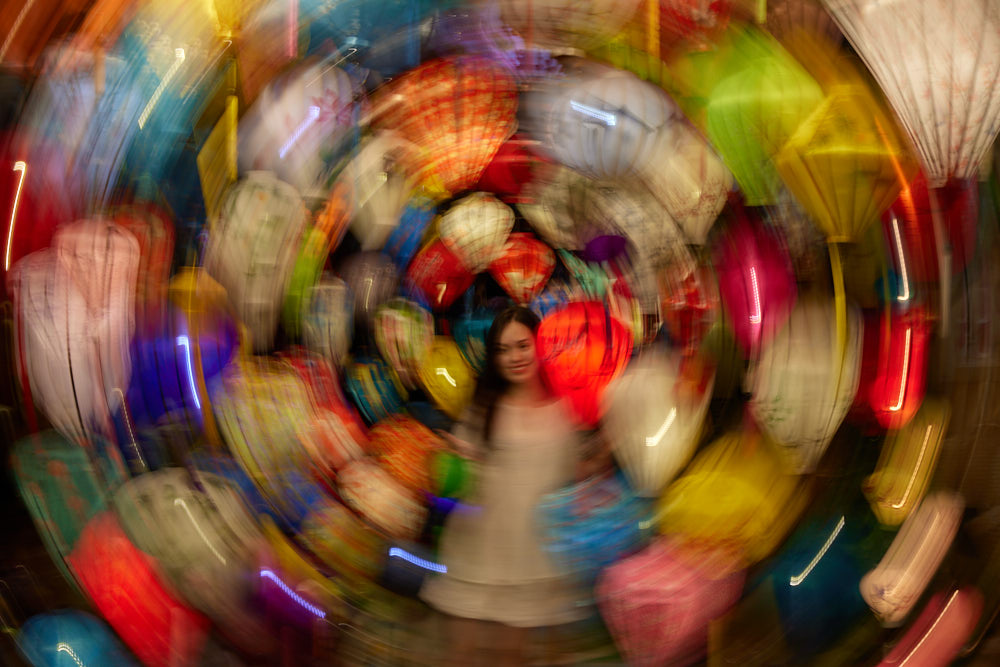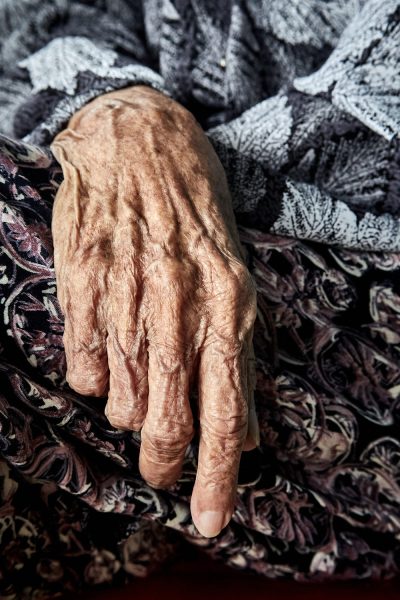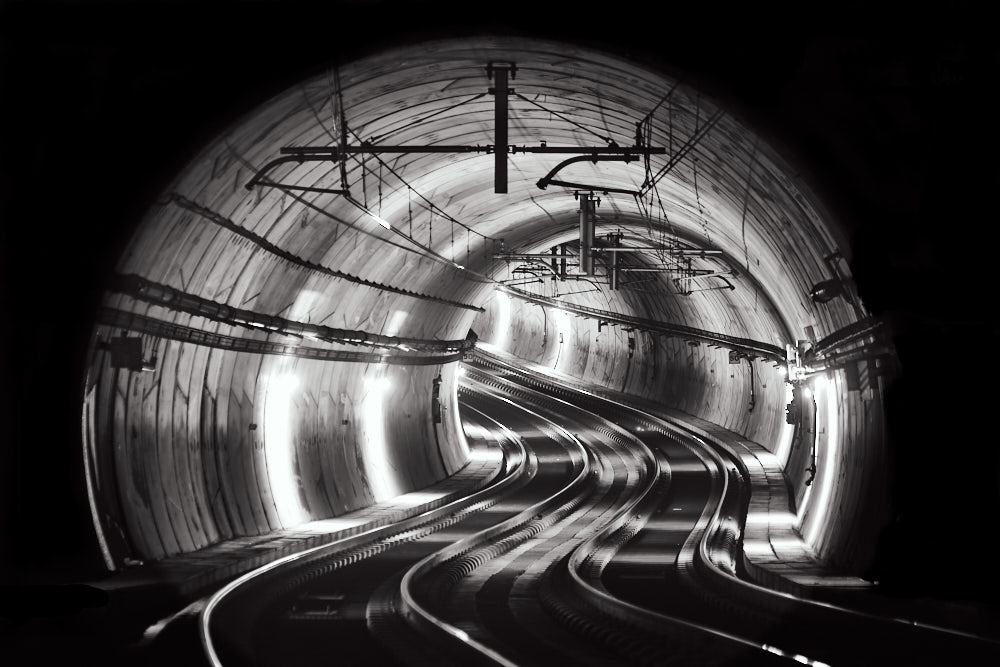Composition, choices, timing, angles, effects ++
Planes, Trains and Cameras
The sequel to Planes, Trains and Automobiles.
A camera in your hand changes how you see everything. Suddenly the world feels more alive — the reflections, the light, the small stories happening everywhere. You start noticing details most people walk right past.
Once upon a time — when Pluto was still a proud little country — I’d shoot film rolls and wait weeks for them to return. The waiting was torture and magic all at once. Like opening a mystery box that might contain gold… or just 36 disasters. Now, in the early 21st century, we’ve traded patience for instant gratification and I like it.
What follows are a few photo ideas — some familiar, some that’ll make you pause before pressing the shutter. Because great shots don’t come from fancy gear; they come from truly noticing the world around you.
Creating a mood
Machu Picchu, Peru, 1994 – Bench Of Death
Machu Picchu is an amazing place to visit, it certainly was in those days. Yes, there were package tours, but after their routine they would leave and you had the place to yourself.
What struck me here was that bench. I framed it this way to emphasize the danger of sitting there. We cannot see how deep the fall would be, but the mountains suggest the worst.
Catching the energy
Bangkok, Thailand, 2004.
“With its irrepressible energy and barely contained joie de vivre, Bangkok is a Hi-Octane feast for the senses.”
A quote from one of Lonely Planet’s Citiescape books. This photo was featured in a 2006 edition of Lonely Planet’s Citiescape series.
It was taken from Bayoke II Tower, where you have a magnificient view. I was instantly captivated by the vibrant orange sparks of energy.
Danger
Do Son, Vietnam, 2005
Vietnam sees its share of typhoons. When a big one hits, schools shut down and life nearly stops. The wind turns wild, sending debris spinning through the air. At the time, I was living in Hanoi. While a lot of people from the coast moved inland, I did the opposite. I waded through the flooded streets toward the sea, drawn to the raw power pounding the shore. Each massive wave struck with a thunderous bang.
It was chaos, but also a rare chance. I pushed past the fear, raised my camera, and met the storm eye to eye.
It’s a part of photography, facing dangerous circumstances. This wasn’t a war, but it could have ended badly.
The camera didn’t escape unscathed — it was drenched and later had to be cleaned.
Street photography
Hong Kong, 2004
Street photography asks you to slow down and really see what’s unfolding around you. In this image, three small worlds meet: the office worker, the homeless man—his opposite—and the woman recoiling from the scent of decay. Ironically, her shirt bears the very symbol of what she seems to fear: death itself.
Where Earth Surprises: A Landscape in Motion
Anak Krakatau, Indonesia, 1996
It’s nearly impossible to go somewhere and simply hope for something spectacular to happen.
Ever since my school days, I had been fascinated by the 1883 eruption of Krakatau. In 1994, when I visited Indonesia, Anak Krakatau was active and off-limits. By 1996, it was still forbidden, though the volcano seemed dormant.
A local boat operator finally agreed to take me there. I walked along the ash-covered shores of Anak Krakatau and hiked upward, only to discover that the actual crater lay a bit higher. Standing there, a sudden, deafening bang erupted, immediately followed by a massive cloud of ash. I sprinted downhill, convinced I might be facing my last moments.
Then I dared to look back — and saw a breathtaking display in the sky. I managed to snap a few shots before continuing my return to the boat, covered head to toe in ash. Fortunately, there was no fire, no flying rocks — just one extraordinarily loud, volcanic fart.
No carefully planned composition here. When something spectacular happens all you need to do is to aim and press that button.
Breaking all the rules
Photography is full of rules — the rule of thirds, keeping horizons straight, steady hands. Some can guide you, but art isn’t about rules. It’s born in the heart and shaped by the mind.
“Keep your camera steady, watch your shutter speed…” I say this too, and it’s important in many situations. But if you want to create something different, you have to experiment — even if the odds of success are tiny.
That summer night in Hoi An, the town of lanterns, a family gathered to photograph their daughter. I took a chance. A quarter-second shutter, a deliberate swirl of the camera — and magic happened.
In the final image, lanterns orbit the little girl like tiny moons. Her face isn’t razor-sharp, but that doesn’t matter. What matters is the dreamlike glow, the sense of wonder, a child floating through her own little galaxy.
Don't always include the whole person
Hoi An, Vietnam, 2013
On special nights, two older men would always be there, playing cờ tướng — the Vietnamese version of Chinese chess.
The obvious move for a photographer would be to capture the entire scene. But that’s a predictable and boring shot, right?
Step closer or zoom in instead. Frame the moment without revealing their faces — it still tells the story of two men absorbed in a game of chess.
Include even less
Hoi An, Vietnam, 2014
When photographing older people, take time to really observe them. Notice the details — the lines, the textures, the stories written on their faces and hands.
This woman was well into her eighties, and what caught my eye were her hands and how they perfectly matched the texture and color of her clothes. That’s what I focused on.
Be naughty
Porto, Portugal, 2025
In Porto, taking photos in public places is generally fine — until you pull out a tripod. That’s when security might show up, usually in a friendly way, to let you know it’s not allowed. Of course, security isn’t always around. There were plenty of cameras, but I suppose I went unnoticed.
This shot was taken in a metro station. The light was dim, so a tripod was essential to capture the details. I went back several times. I didn’t bring my tripod, my ridiculously heavy zoom lens, or the light wasn’t right. In the end, it was all worth it — and no one arrested me.

